The cucumber (Cucumis sativus) is a plant belonging to the family of Cucurbitaceae. Obviously, the term also identifies the fruit, which is one of the most loved and cultivated vegetables absolutely, both professionally and in home gardens.
It is a vegetable garden originally from India, but today spread all over the world. Cucumbers are usually considered only for their interesting nutritional aspects, being rich in water, fiber and vitamins, but low in calories. However, not everyone knows that this fruit has beneficial properties for the body and for skin care, so much so that it is widely used in cosmetics.
In this article, after having seen the botanical characteristics of the plant, we discover the properties and uses of fresh fruits.
Regional names of cucumber
Demonstrating the great cucumber tradition in Italian agriculture, here are a series of regional names by which this important vegetable is known: sitrullo And cugoemau in Liguria, cocumer in Piedmont, coecoemer in Lombardy, zedron And cucomber in Emilia, zerumolo And cogumero in Veneto, citriuolo And treciolo in Tuscany, melangula in Abruzzo, citrulo in Campania, greenish in Puglia, citrulu In Calabria, citrulo virdi in Sicily, cuggumera in Sardinia.
Description of the cucumber plant

There Cucumis sativus it is a herbaceous plant with an annual cycle. It has a little extended root system, but strong enough to give life to long stems. These are branched, with a quadrangular section, hollow inside and covered with bristly and thin hair. Even several meters long, in nature they are crawling to the ground or climbing on makeshift holds (plants, trees, walls, etc.). In cultivation this climbing habit is exploited to make the plants grow vertically, usually on the appropriate support nets.
Leaves
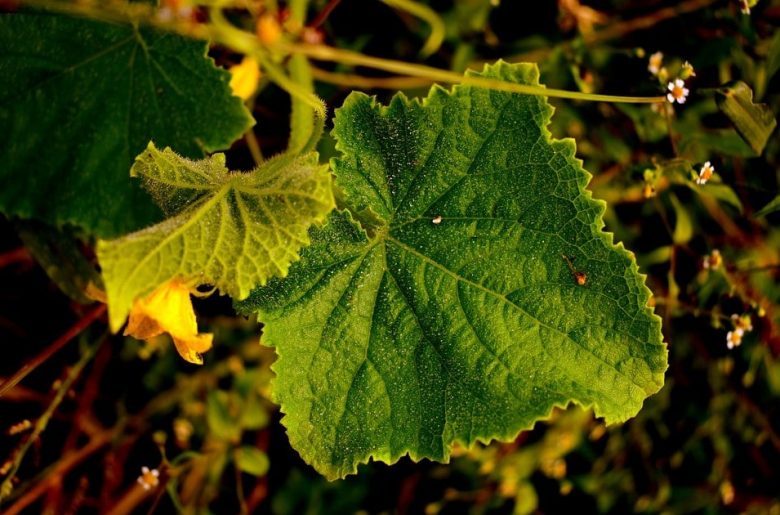
The leaves are inserted alternately along the stem and on the opposite side have a cirrus, that is a rather tenacious filament that winds around the supports with which it comes into contact. The leaves of the cucumber have a long petiole, are palmate-lobed, that is, divided into five or seven lobes, of which the central one is always larger than the others. The leaf surface is rough due to the presence of stiff and stinging hairs. This must be taken into account when harvesting the fruit: it is better to use protective clothing, in order to avoid annoying itching and redness.
The color is dark green on the top page, lighter on the bottom.
Flowers

Flower and cirrus
Cucumber is a monoecious plant, which bears both male and female flowers at the same time. Both are inserted into the axil of the leaves. The males are grouped in bundles of 3-5 elements and have a long peduncle. The females are solitary or, sometimes, paired on a short peduncle. The calyx is strongly hairy and terminated by five thin and sharp teeth. The corolla is yellow in color and is divided into five segments.
Pollination is preferably operated by bees and bumblebees, which transfer pollen from the male flower to the female one that produces the fruit.
Fruits
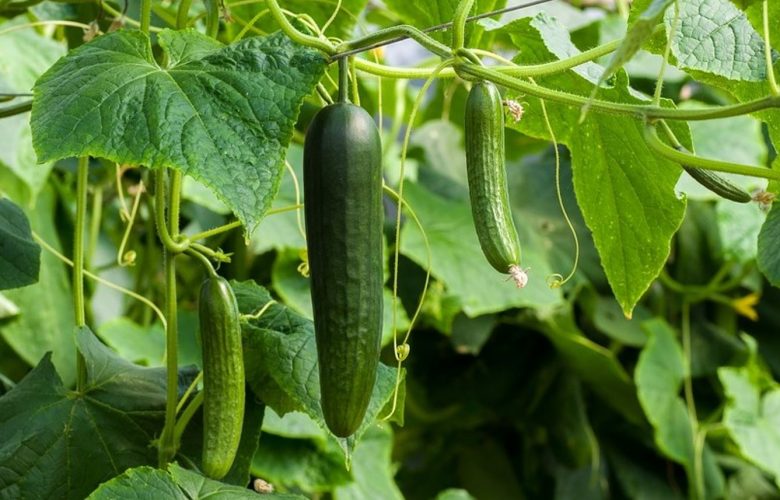
Cucumber, intended as a vegetable, has a variable shape and appearance. There are in fact short, medium, elongated cucumbers, even by the meter. The surface of the peel is more or less covered with thorny tubercles, while the color varies from light green to dark green. All these characteristics depend on the specific variety.
When fully ripe, the cucumbers swell and the skin turns yellow. The peel is edible, obviously if the cucumbers are grown organically.
The pulp of the fruit contains the seeds, numerous, oblong and compressed.
How to choose cucumbers from the greengrocer
Cucumbers are harvested when they are still immature, i.e. when the skin is green, bright and firm. On the plant it is necessary to be prompt and regular in harvesting, avoiding that the fruit grows and turns yellow.
At the supermarket, on the other hand, it is necessary to evaluate how long the fruits have been harvested. If we notice the dull color and the soft rather than hard texture, it is better to desist from the purchase, it means that the are old.
Nutritional aspects and active ingredients of cucumber
Cucumber is a vegetable in which the caloric intake is practically absent, on average it contains only 13 kcal per 100 g of product. This fact already tells us that it is perfect for people who follow a low-calorie diet. It is also rich in water (up to 96%) and low in carbohydrates in the form of fiber (2%).
It is a good source of mineral salts, such as potassium, calcium, phosphorus, sodium, iodine, magnesium, iron, copper and manganese.
At a vitamin level, the presence of vitamin C (11 mg per 100 g) and vitamin K is good, but concentrated in the peel.
Other active elements present are: thiamine, vitamin B6, folate, pantothenic acid, tartaric acid, caffeic acid, amino acids, phytosterols, cucurbitacins, silicon.
Properties, food uses and for well-being
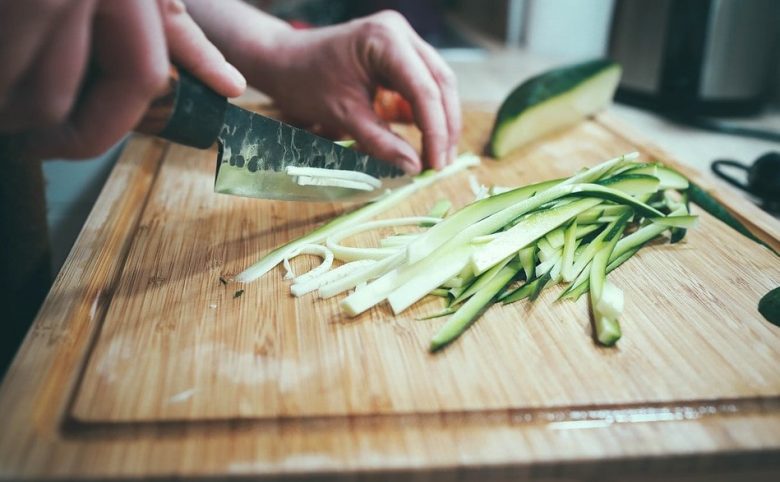
From the above elements derive many benefits of cucumber. Among his medicinal properties we have those: diuretic, purifying, vermifuge, anti-inflammatory, refreshing, emollient, anti-itch. It also improves the antioxidant functions in elderly subjects.
It also has different properties depending on the part that is used. For example, in ancient times the seeds were an effective vermifuge against tapeworms. The vegetable, which is normally eaten fresh, has excellent diuretic properties and is good for the liver, given its purifying and refreshing abilities, which can be usefully exploited by drinking the juice directly or eating it in salads, especially in summer.
It can be used in different recipes and, after cooking, it is recommended to relieve fever, intestinal irritation, food poisoning, colic and stones.
The contraindications of cucumber
It must be said that not everyone digest cucumbers, especially the seeds and the peel. To improve the digestibility of the vegetable, for intolerant subjects it is advisable to remove the peel, cut the cucumber into classic slices, lightly salt it and let it drain for about thirty minutes.
In general, an abuse in consumption could cause bloating and flatulence.
Another side effect of this fruit concerns its ability to reduce blood sugar levels. This, in fact, could lead to an excessive lowering of glucose in diabetic subjects, so in these cases, it would be good to carefully monitor blood sugar. The same is true for those who are planning a surgery.
Use cosmetics
Another safe use of cucumber is in cosmetics. In this sense it has been defined as a superfood of the skin. The pulp of this fruit has in fact the ability to lighten the skin, decongest it, hydrate it. This is because the fermentation carried out by lactic bacteria reduces the sugar content, which is converted into lactic acid. The latter has exfoliating properties, which promote skin rejuvenation, giving brightness, smoothness and uniformity.
So the pulp or juice can be applied to the skin of the face and body, preparing masks or compresses. These will be useful to soften, decongest, moisturize, soothe dry or easily irritable skin.
Cosmetic treatments prepared with cucumbers also help reduce sebum secretion. It is recommended to keep the treatment on the skin for at least 15 minutes.

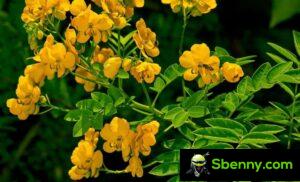
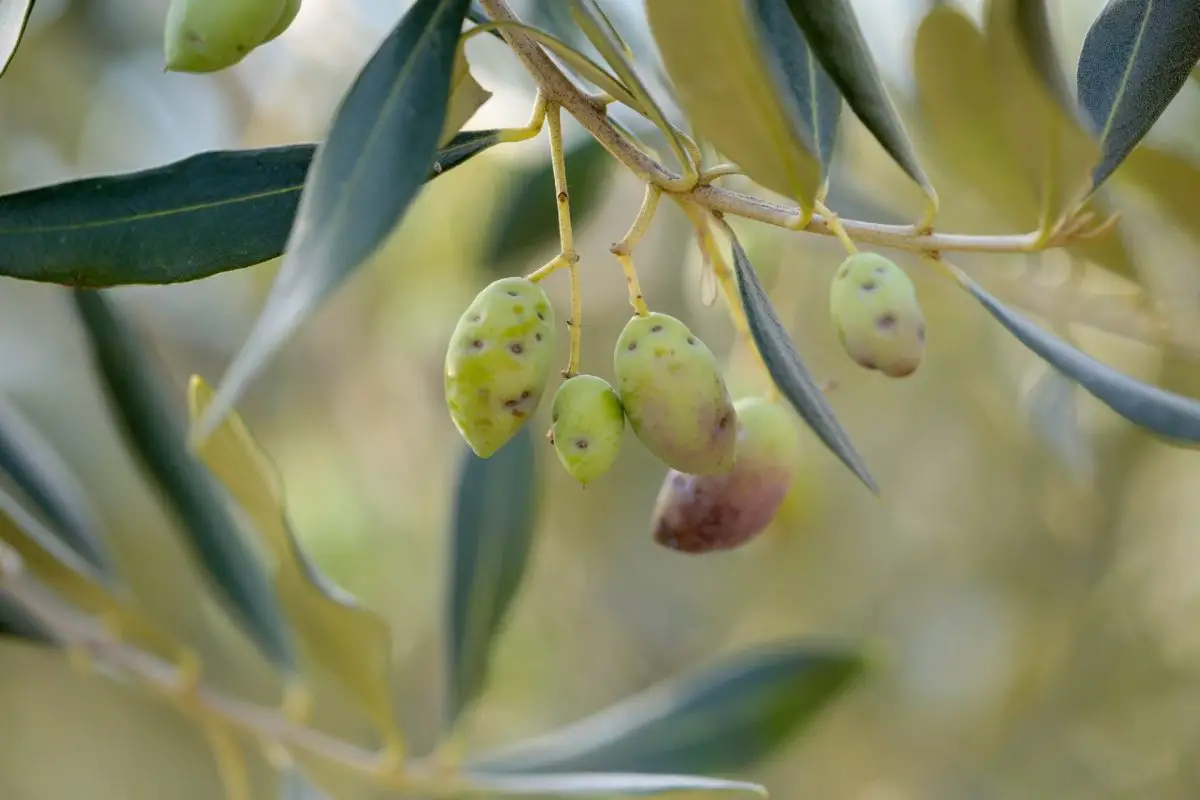
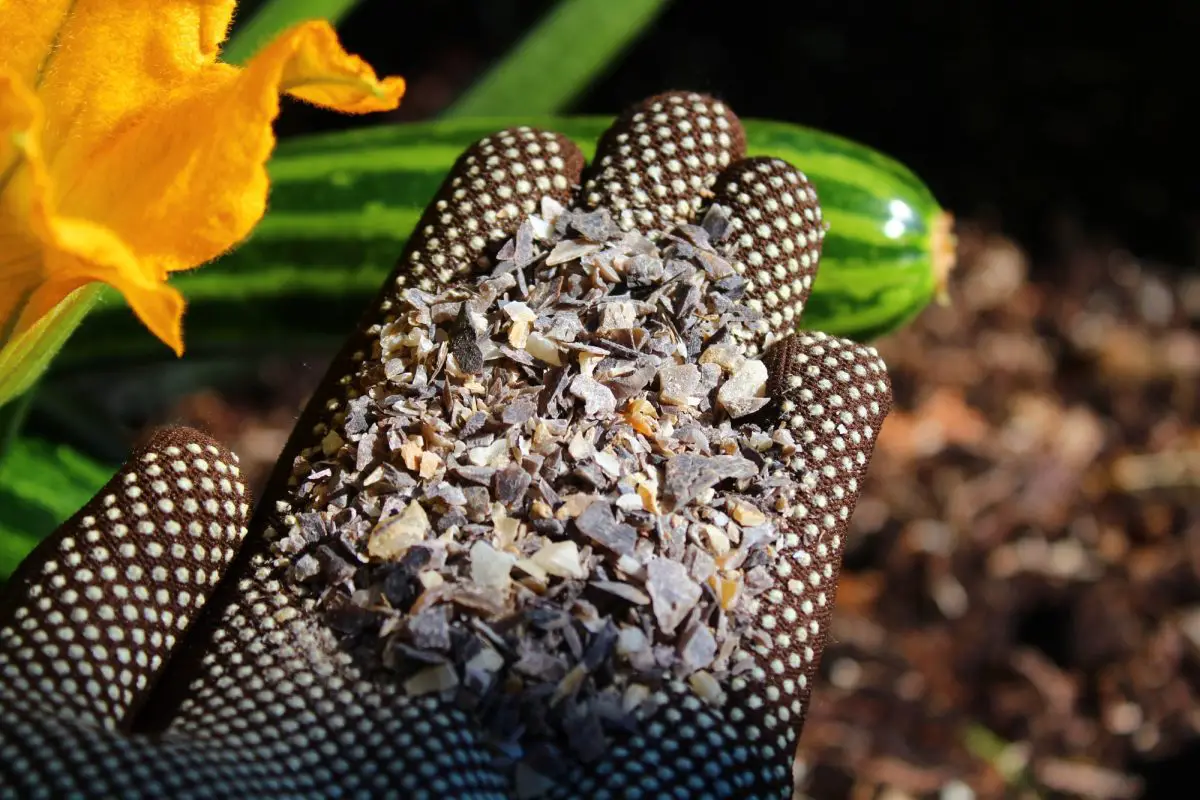

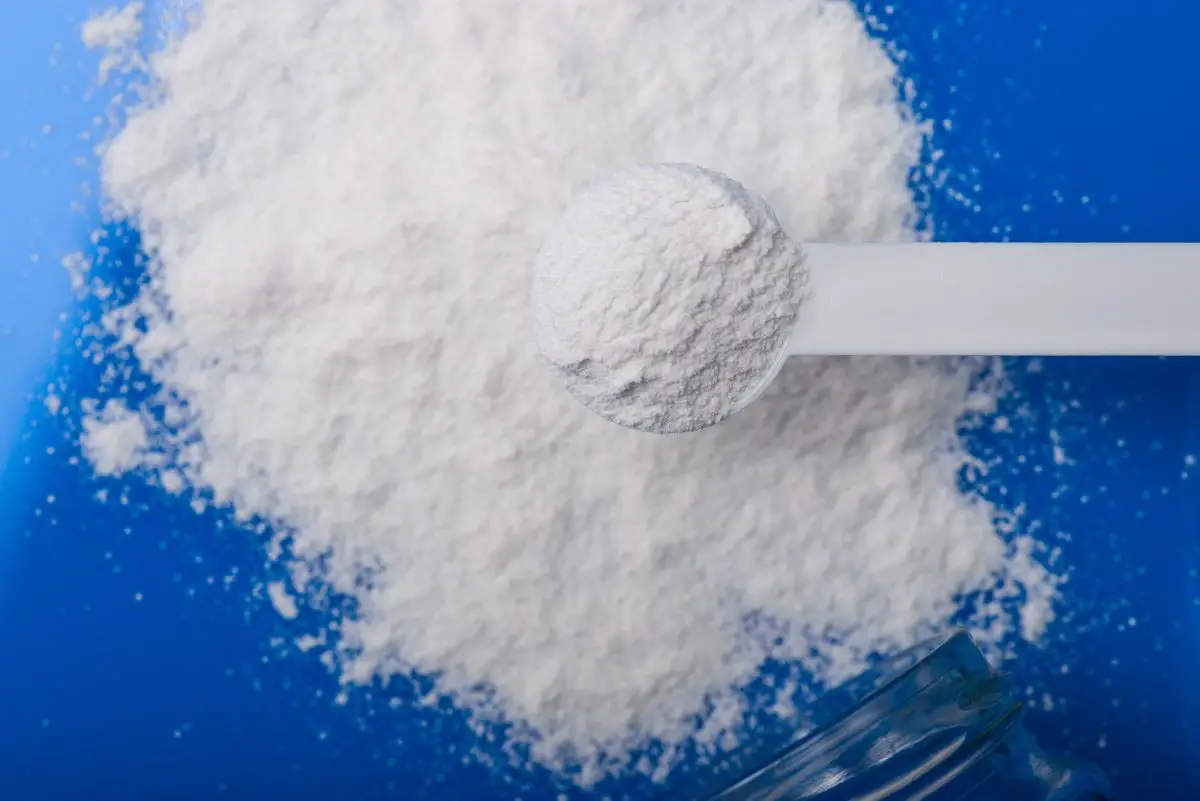
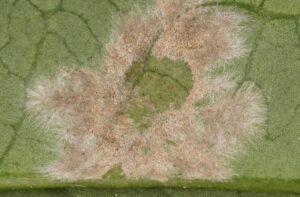
Start a new Thread